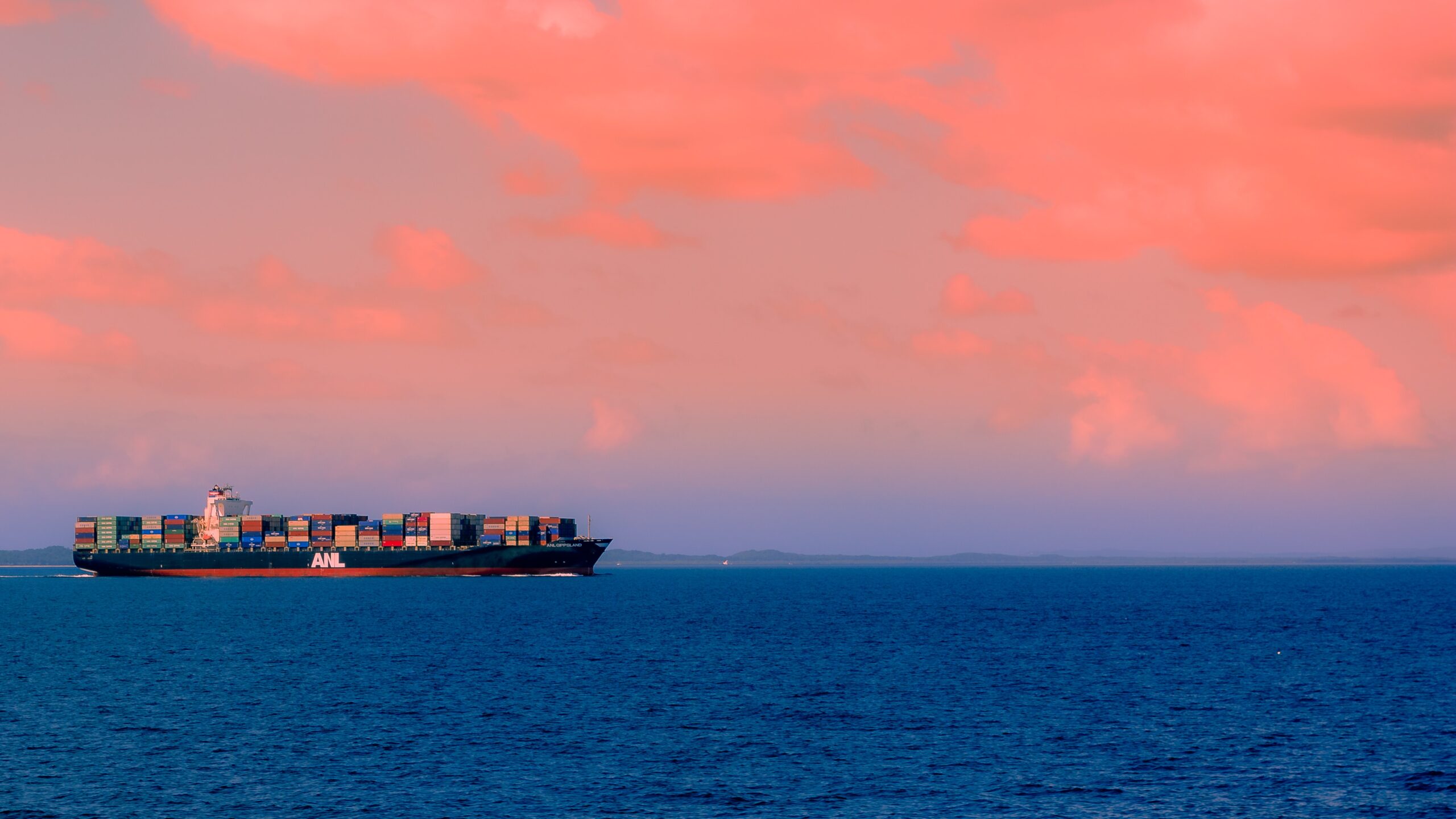Ocean Deep Dive June 2023
Scroll to find out more
Scroll to find out more

While there may be nothing more British than talking about the weather, drought conditions that threaten global trade concern everybody. A potential slow down on the Panama Canal is just the latest of the area’s ongoing struggle with changing weather patterns and comes at a tricky inflection point for East-West Coast dynamics. But in a rare piece of good news, the risk of West-Coast labour disruptions seems to be abating, just in time. Meanwhile, the battle over rates continues.
To understand the big picture, we once sat down with Richard Fattal, Zencargo Co-Founder and CCO on our podcast Freight to the Point to examine upcoming trends and risks in the logistics market and what they mean for shippers.
In what may feel like deja vu, global shipping is once again turning its eyes to a certain canal – though this time it’s over 7000 miles from Suez. The Panama Canal handles 6% of all global trade, with over 14,000 vessels carrying over 500 million tons of cargo in 2022 alone. It’s a key route for cargo moving from Asia to the US East Coast, touching 40% of all US container traffic.
With that in mind, recent conditions have shipping experts worried that it may well become the logistics world’s next bottleneck:
The situation is currently in a wait-and-see stage, explains Richard: “We haven’t seen [disruptions] come to fruition. For the moment, I would say it was more of a, let’s say, false alert. But this can have a real impact if it develops further.”
The question of surcharges remains, as the canal continues its long term battle against droughts. In 2020, the canal imposed a fixed charge of $10,000 per transit along with a levy on a percentage of the carrying capacity of the vessel, from one percent to a maximum of 10 percent. While new charges are yet to appear, authorities have hinted that the arrival of the new fiscal year in October could see additional costs for shippers, raising prices as retailers stock up for the festive season.
For retailers and shippers operating in the US, labour contracts and disruptions have been significant cause for concern, particularly on the West Coast. The International Longshore and Warehouse Union (ILWU), with its significant bargaining power, has been a key player over the last 18 months of negotiations.
Finally, the ILWU and the Port Maritime Authorities have reached a tentative agreement which promises a 32% salary increase spread over the next six years. “This is a real positive in terms of potential disruption over the coming months and year on the West Coast,” says Richard.
Previously, due to concerns about first congestion, then labour disruptions, shippers had been steadily moving cargo away from West Coast ports. But with this agreement, the situation could be set to change, with the reopening of key ports easing some of the congestion on East Coast ports and the Panama Canal, offering shippers more options and flexibility.
The plateauing of rates months seems to have given carriers new confidence in their ability to push increases in the style to which they had hitherto been accustomed – but shippers have shown themselves equally keen to maintain one of the few bright spots in what has been a challenging year.
“GRIs that were coming in seemed a little opportune in terms of their timing,” explains Richard, as carriers attempted to stem the decline in rates in advance of BCO contract season. “May is the key renegotiation point for annual contracts,” he observes. “But annual negotiations have happened at levels closer to the pre-GRI rate levels than the post-GRI rate levels.”
Despite measures taken by the carriers to reduce capacity and continue blank sailings, 2023 is yet to see a peak, in the traditional sense, as retailers continue to work through inventory backlogs. However, the question of how long rates can remain at this level remains.
Carriers have been diverting capacity from the once-lucrative Trans-pacific routes to Asia-Europe in order to take advantage of more robust volumes, while this lane also saw 9% in new capacity in June versus May, including MSC’s new Swan service. With changing alliances impacting the potential of blanking campaigns, and no christmas-inventory boom in sight, carriers have signalled that current rates may yet be unsustainable.
While predicting the return of demand has proved challenging this year, shippers can more reliably count on the need for carriers to prioritise their unit economics. Current rates are unlikely to last forever, and for shippers with high or middle margin products, focusing solely on cost could be a risk.
“I wouldn’t be thinking about the spot market as a key advantage in terms of price at this point. I think you can certainly look to lock in a rate for a month, a quarter, or even a longer period of time with some stability and an allocation associated with it.” says Richard.
The market as it currently is offers unique opportunities for forward planning:
Zencargo is already working with leading global brands to help them strategise, forecast and derisk their supply chains through the second half of 2023, creating the certainty and stability to drive long-term planning. With our network of leading carriers and best-in-class local logistics partners, we offer more flexibility and control, backed up by end to end visibility through our award-winning supply chain platform.
To find out more about how the right technology and support can support your business this year, book a consultation with one of our team today.